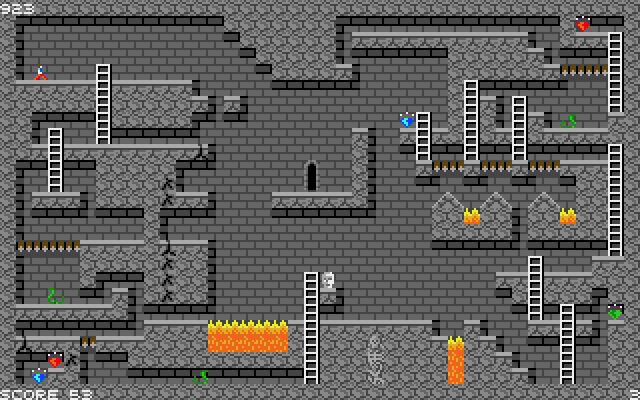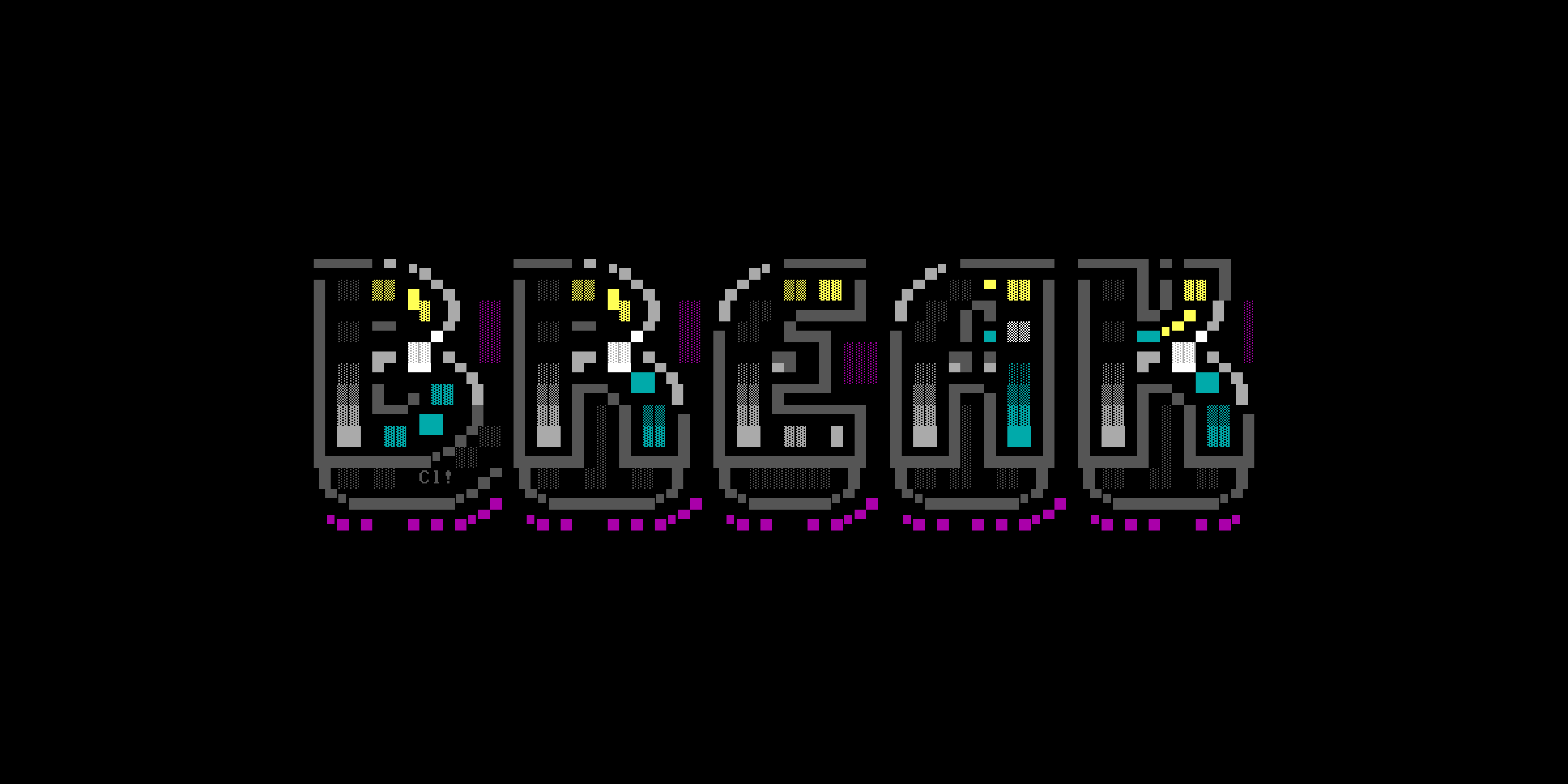
Hey Atari ST fans! Want to play something new?
Today I’m happy to share “Dark Fortress,” a previously unreleased game written by Herb Flower for the Atari ST in the late 1980s.
- Download the dark-fortress.st disk image
- Learn more about Dark Fortress on the wiki page
Do you enjoy my retrocomputing research on Break Into Chat? Please join my email list so I can share future projects with you. 📬
In recent weeks, I’ve been corresponding with Flower and Paul Witte to unearth the story of their Atari ST BBS door game Thieves’ Guild, which they developed together in 1988-93 under the “Mythyn Software” banner.
[Update: Read my in-depth piece about Thieves’ Guild and my interview with Witte and Flower].
Witte was the architect of Thieves’ Guild. Flower, a talented young pixel artist, developed a graphical front-end client for TG which featured superb visuals as well as some sound and animation. But Flower’s first foray into games was Dark Fortress.
Though the game doesn’t include a copyright date anywhere, TOS shows the disk’s HISCORE.DAT file was last modified on July 8, 1989.
Flower went on to found the Rewolf Entertainment studio, which produced Gunman Chronicles. Witte and Flower teamed up again in 2001 as “Mythyn Interactive” to develop the MMORPG Linkrealms.

The existence of Dark Fortress has been noted in the past, but this is the first time the game has been shared widely.
Below, Flower discusses “Dark Fortress” in his own words. His essay his been edited for length and clarity.
Dark Fortress was my first game, written in GFA Basic at age 14. My previous games had been primitive Pac-Man type games using ASCII, written in ST Basic, so GFA was mind-blowing with its “bit blit” function that let you grab and place arbitrary blocks of pixels anywhere you wanted! It wasn’t enough, though — it didn’t have alpha capabilities. I had to dive into my own experiments and research for the first time. I figured out that if I had a monochrome cut-out version of my graphics, I could place it down first to erase the background, and then place the real art on top of it in XOR mode. Success! But I still had the problem of how to update the screen without people seeing the results as it drew — I needed page-flipping. With the purchase of MichTron’s “GFA BASIC Book” from the mall’s computer shop, I found a particular XBIOS call that would let me set the physical screen’s pointer! Now it was time to make the game itself.
Dark Fortress turned out to be a massive experiment, something that taught me about gameplay as I made it. In the end, every map had a theme: Was it a puzzle, based on doing things in the right order, like breaking bricks and pushing skulls? Was it going to be a speed run, like the mermaid level? A jumping puzzle like the vine level? You never knew what the next map would be, and that made getting to the next one kinda fun.
Code-wise, Dark Fortress is a simplistic pile of spaghetti. I was still teaching myself programming and I never thought about ways to be more efficient. For example, I made the maps on graph paper, writing little numbers in the squares to represent the different 8×8-pixel graphics blocks. Then I’d have my sister read me the numbers as I typed them into data statements. Why didn’t I make a map editor? Because I’d never heard of one. While I did think about it as the tedious work went on and on, I didn’t yet know how to do disk storage.
I began realizing that there were better ways to do things as I finished the game, but I figured I’d use them in the next project and I let Dark Fortress stand as it was.
I never released it. Our Utah ST users group (possibly “Central Utah STar Group”) kinda died off after a guy with the disk library got in a car crash on the way to a meeting. The disks were scattered and jumbled and damaged. At the time, with no internet, distributing the game was a mystery I never solved. To this day, I wonder how anything got done at all in those days without networking.
I wish I had added more to the game. There was plenty of room for more graphics, and since I’m an artist more than a coder, I wonder why my younger self didn’t add more animation frames and dungeon variety. Still, having a finished game at that age was an accomplishment — and it’s even kinda fun! I’m glad I made it.

Share your thoughts!